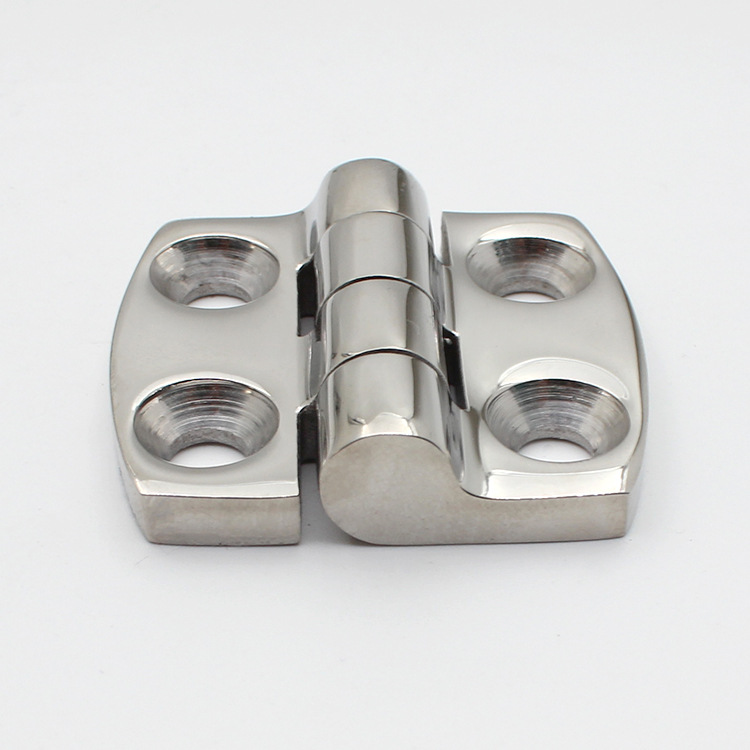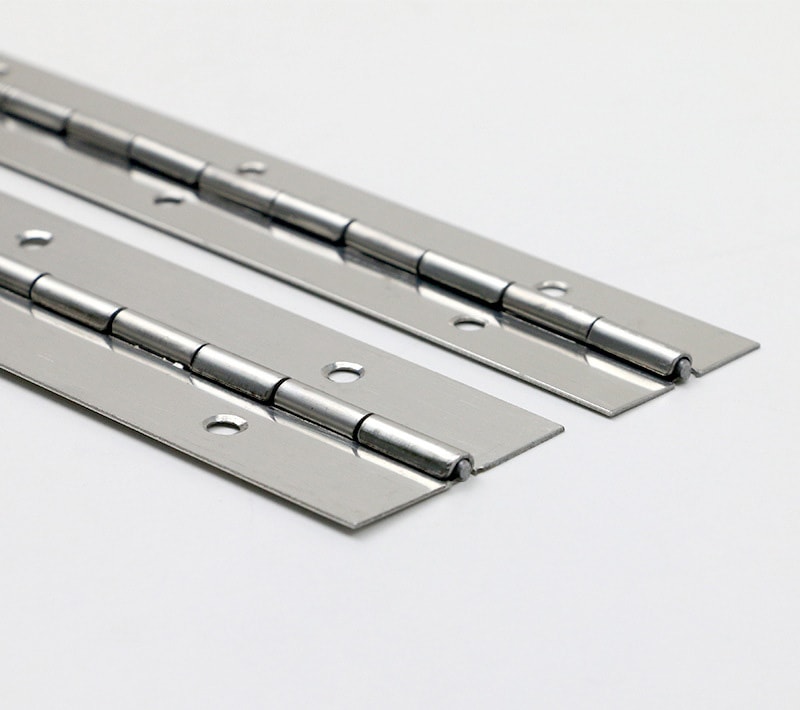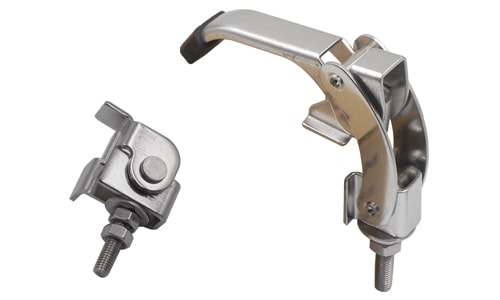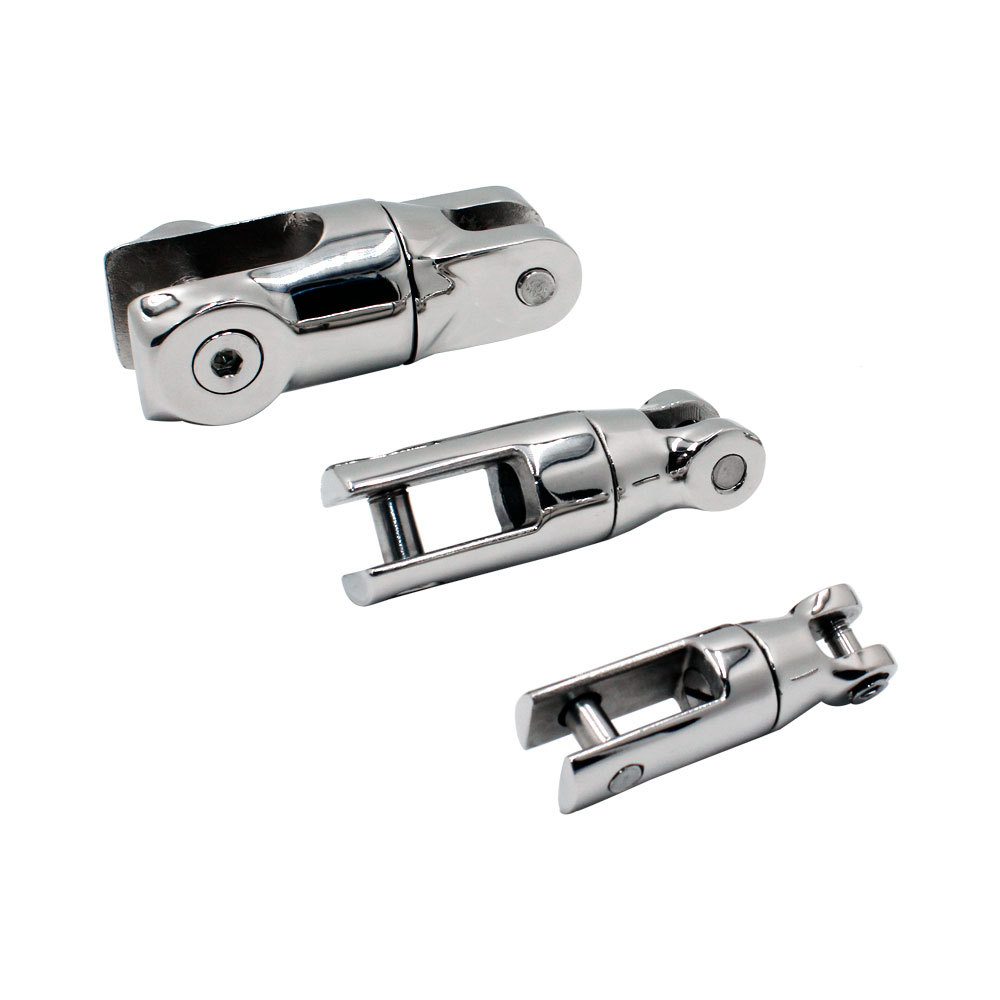Boating, sailing, and sea exploration have captivated our interest for centuries. And if you’re like me, your passion for the sea likely extends to the vessels that navigate it. You might be surprised to know, however, that a critical part of any boat’s structure and function is its hinges and latches. It’s an often overlooked aspect, but trust me, the complexity and importance of these components are awe-inspiring.
At the heart of any well-functioning boat are its hinges and latches. They are essential for maintaining structure, sealing compartments, and providing accessibility. So whether you’re a boat owner, a boat maker, or simply an enthusiast, understanding these components is crucial for ensuring your boat remains sturdy, safe, and easy to navigate.
Let’s delve into the fascinating world of boat hinges and latches, shall we? I promise that by the end of this blog, you’ll be as riveted by them as I am.

How Important are Hinges and Latches to a Boat’s Design?
Let’s kick things off by addressing the elephant in the room: the significance of hinges and latches in boat design. They might appear insignificant, but they are foundational to the overall design and operation of any seafaring vessel.
Hinges and latches, as humble as they might seem, greatly influence the usability and durability of a boat. The material, design, and installation of these components affect not only the boat’s aesthetics but also its functionality and longevity.
Consider this: hinges and latches allow for compartment accessibility, ensure the safety of stored items, and assist in maintaining the boat’s structural integrity. They may be small, but they’re an integral part of a well-functioning boat.
Do Different Boats Require Different Hinges and Latches?
One size doesn’t fit all when it comes to boat hinges and latches. The type of vessel significantly impacts the kind of hinge or latch required.
For instance, a small personal craft will need different hinges and latches than a large commercial fishing boat or a luxury yacht. Each of these boats has different requirements in terms of load-bearing capacity, durability, and resistance to environmental factors.
Hinges and latches also need to be compatible with the material of the boat. Compatibility ensures optimal performance, decreases the likelihood of damage, and enhances overall vessel safety.

What Are the Most Commonly Used Materials for Hinges and Latches?
Let’s talk materials. Stainless steel, brass, and bronze are the most common materials used in the manufacturing of boat hinges and latches.
Stainless steel is known for its corrosion resistance, strength, and durability, making it an excellent choice for boats exposed to harsh marine conditions. On the other hand, brass and bronze are favored for their aesthetic appeal and resistance to corrosion.
However, material choice often depends on a boat’s use, design preferences, and maintenance routines. For instance, some boat owners might prefer a more rustic, authentic look and opt for brass or bronze hinges and latches.
Why is the Manufacturing Process of Boat Hinges and Latches Crucial?
Quality matters. The manufacturing process of boat hinges and latches can significantly affect their functionality and lifespan.
The process involves precision and expertise. High-quality hinges and latches are usually produced using processes such as forging, casting, or machining, each with its own advantages and drawbacks.
A well-manufactured hinge or latch ensures a smooth operation, reduces wear and tear, and extends the overall life of the boat’s components. Therefore, it’s essential to select hinges and latches from manufacturers who adhere to the highest quality standards.

Can Hinges and Latches Influence a Boat’s Safety?
The safety aspect of hinges and latches cannot be overstated. These components play a vital role in maintaining the safety standards of any boat.
Good quality hinges and latches ensure that doors, cabinets, and hatches stay securely closed when necessary, preventing accidents. Moreover, they also guarantee easy access to safety equipment and exit points in case of emergencies.
Thus, while selecting hinges and latches, safety should be at the forefront. A well-made, properly installed hinge or latch can be a literal lifesaver on the sea.
What are the Maintenance Considerations for Boat Hinges and Latches?
Maintenance plays a crucial role in the performance and longevity of hinges and latches.
Regular cleaning, lubrication, and timely replacement of these parts can significantly enhance their life and maintain the overall functionality of the boat. It’s important to check for signs of wear and tear, corrosion, and damage regularly.
A well-maintained hinge or latch not only ensures smooth operation but also adds to the aesthetics of your boat. After all, who wants rusty hinges and latches on their beautiful vessel?

What are the Latest Innovations in Boat Hinges and Latches?
Innovation never stops, and the world of boat hinges and latches is no exception.
Technological advancements are making these components smarter, more durable, and easier to maintain. From self-lubricating hinges to magnetic latches, the industry is constantly evolving.
As an enthusiast, I find it exciting to follow these developments. They not only make our boats safer and more efficient but also reflect the constant human endeavor to improve and innovate.
In Conclusion
Boat hinges and latches might not be the most glamorous part of a boat, but they sure are vital. Understanding their importance, making informed decisions about their selection, and maintaining them properly can greatly enhance your boating experience. So next time you’re on a boat, spare a thought for these little heroes holding it all together.
You might also be interested:




